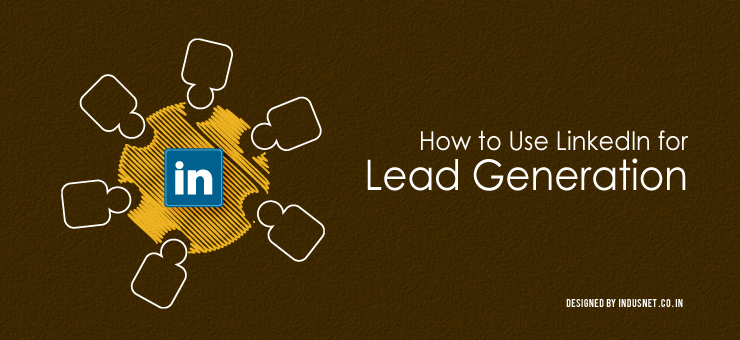How to Optimize Corporate Social Activism on Social Media
Social media activism has long been dismissed as a form of ‘slacktivism’, similar to lazy journalism. It is easy to seem interested in a social cause, click on a few like buttons, share a few sympathy evoking posts and call it a day; and most people are doing just that. However, if you really want to be taken seriously for your social activism on social media, you need to do a little more than what everyone does. Social media is a reflection of real life Social media is a reflection of real life and if it can be said, it is a truer representation of the world around us. Social media filters out a lot of data and presents to us the world that we would like to see. In effect, we can say that what we see on social media is a truer version of the reality we are surrounded by. This is because, unlike in real life, social media helps you to choose the kind of information and news you want to see, making your online world a more real version of life you want to see. Thus, any social activism endeavor you take upon yourself will be a more intensified version of yourself. It is easy to talk about helping rural artisans in front of your boardroom and feel that you have done your bit as a corporate player. However, when you take your social activism to social media, you are more likely to encounter people who share similar interests. Most likely, people who are interested in your cause will end up interacting with you and getting to know your business as well. In this article, let us take a look at how you can optimize your social media activism. Brand yourself as a social activist There is nothing more important than personal branding when it comes to online interactions. You need to brand yourself as a business professional who is also interested in social activism. If you brand yourself as a social activist, you will probably be ignored by the ones who have money – businessmen. You need to ensure that you do not come across as a social activist who wants donations. Instead, you need to come across as someone who is fighting for a cause by using influence and capital that one has already earned; and that will earn you respect. Write like an activist While it is important to look like the successful business person that you really are, you also need to write and talk like a social activist. You need to know the depths of your cause and talk about it passionately. You need to write regular blog posts about why it is important to support your cause and how it can help the community your business works in. Promote your altruism Social activism runs parallel with altruism. Altruism is a defense mechanism that is, actually, positive, unlike other defense mechanisms that Sigmund Freud stated. Whenever you feel altruistic, talk about it on social media. Pique the interest of other altruistic business professionals who might be willing to jump into your band wagon. Make sure that you promote your acts of altruism on social media. If you acted on your social cause, write or tweet about it. Do not let even the smallest act of altruism go wasted. Connect with like-minded people The point of using social media activism is to ensure that you meet likeminded people. Those who feel similarly about the causes that you like will also want to work with you and do business with you. With that in mind, you need to make a list of people that you think will be useful for your business and are also interested in your causes. Connect with such people online and exchange information & pleasantries. Track the results of your activism Right from the moment you begin your social media activism, track the progress. Are people liking or talking about your causes? Are they ignoring your posts? Or do they find you boring and repetitive? Make a list of your strengths and weaknesses when it comes to running social media activism campaigns. Work on your weaknesses and hone your strengths. Social media activism is a powerful way of making sure that you attract the right kind of audience; and it is also one of the best ways to attract both clients and customers. If you get lucky, you might even get good press mentions.
